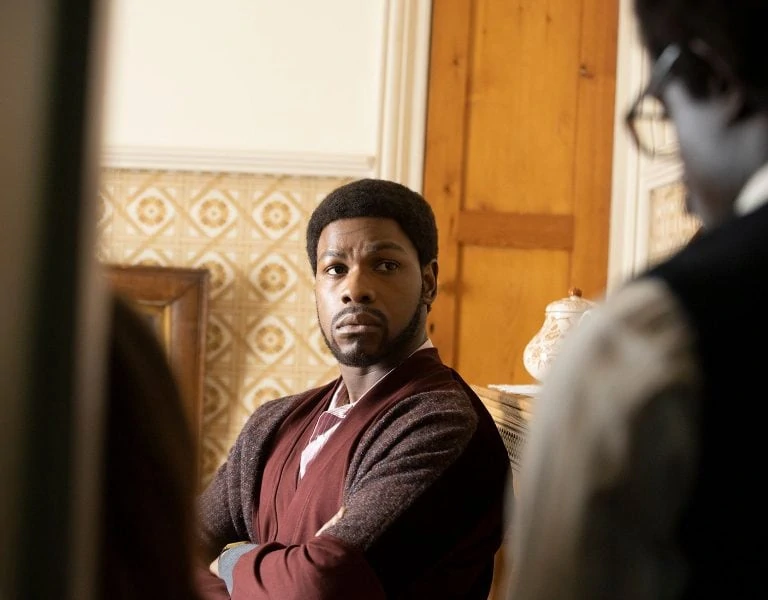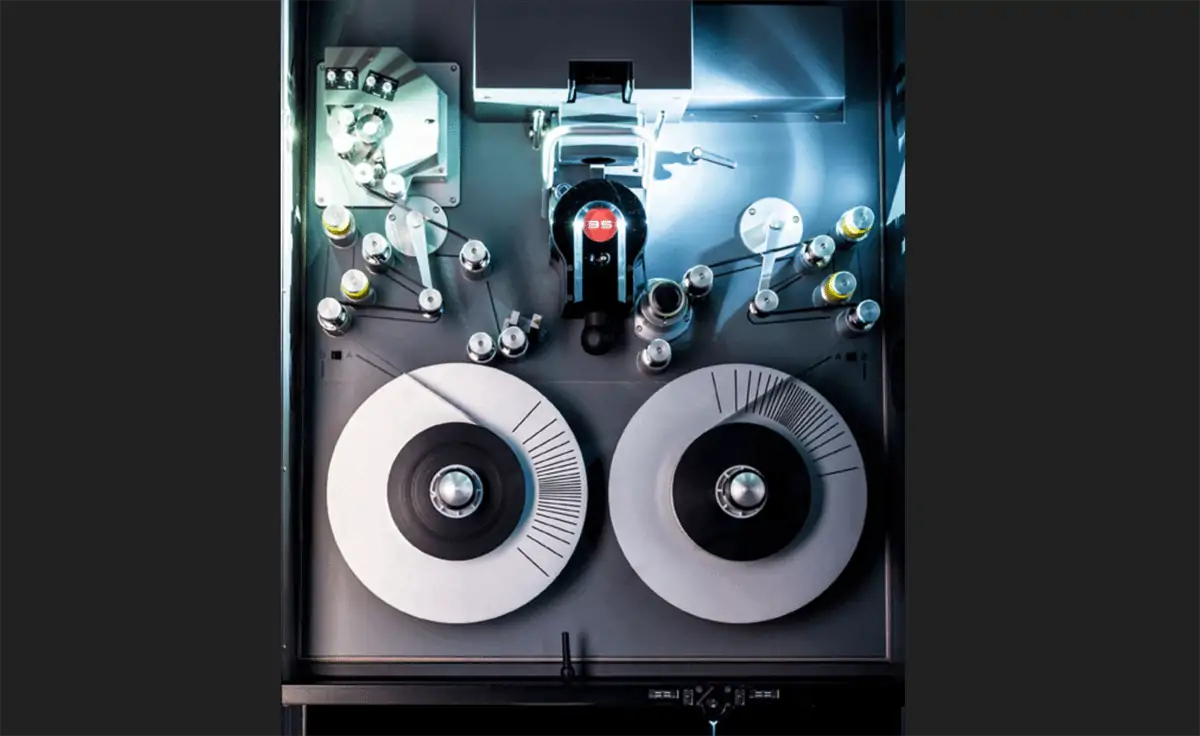Affordable Film
Post It Notes / Cinelab London
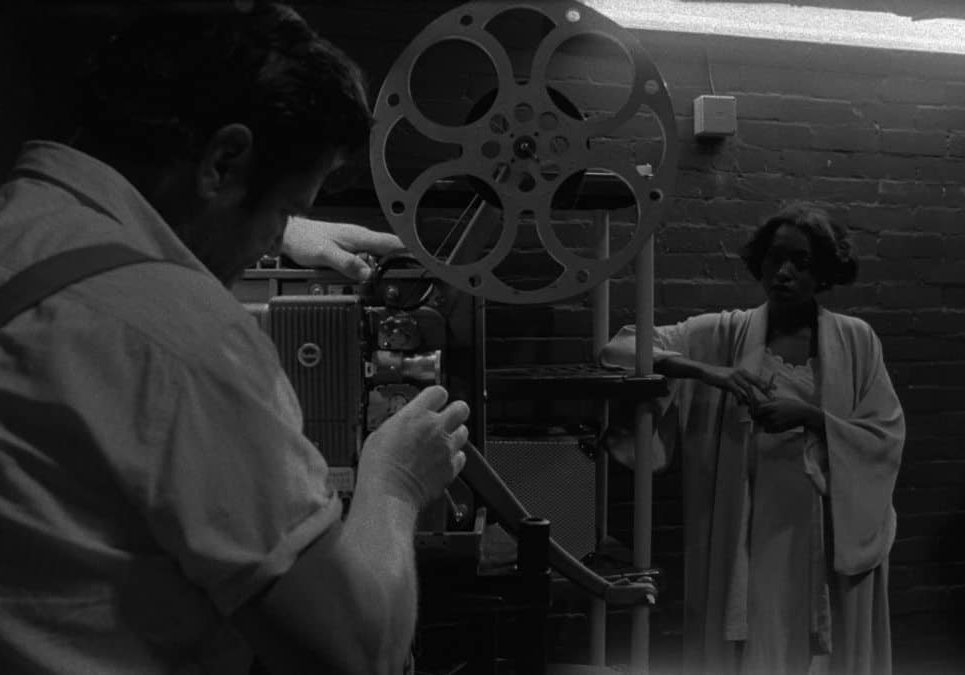
Affordable Film
Post It Notes / Cinelab London
Adrian Bull, founder and MD of Cinelab London, reveals how shooting on celluloid can easily stack-up favourably versus digital on a producer’s spreadsheet.
When we established Cinelab London back in June 2013, it certainly wasn’t with the expectation that we would reverse the trend of what seemed like an inevitable transition of filmmaking from celluloid to digital. Indeed, we believed that there were, at most, two years left of film acquisition – and even less for print distribution.
So, our short term plan was to provide an all-encompassing facility for those filmmakers who were continuing to shoot film, whilst at the same time developing a compelling solution for archiving – with the intention that this would then become the long term focus of the business.
What has come as a complete surprise (and delight) to me is that, two and half years down the line, we continue to service an ever-growing number of new film projects, and actually expect to process more film in 2016 than we did in 2015. This is largely attributable to an increasing number of clients becoming aware of: a) the existence, and b) the reputation of Cinelab – not just in the UK, but internationally too, as labs across the globe continue to close. As a result, in the last six months of 2015 we processed film from as far afield as Indonesia,
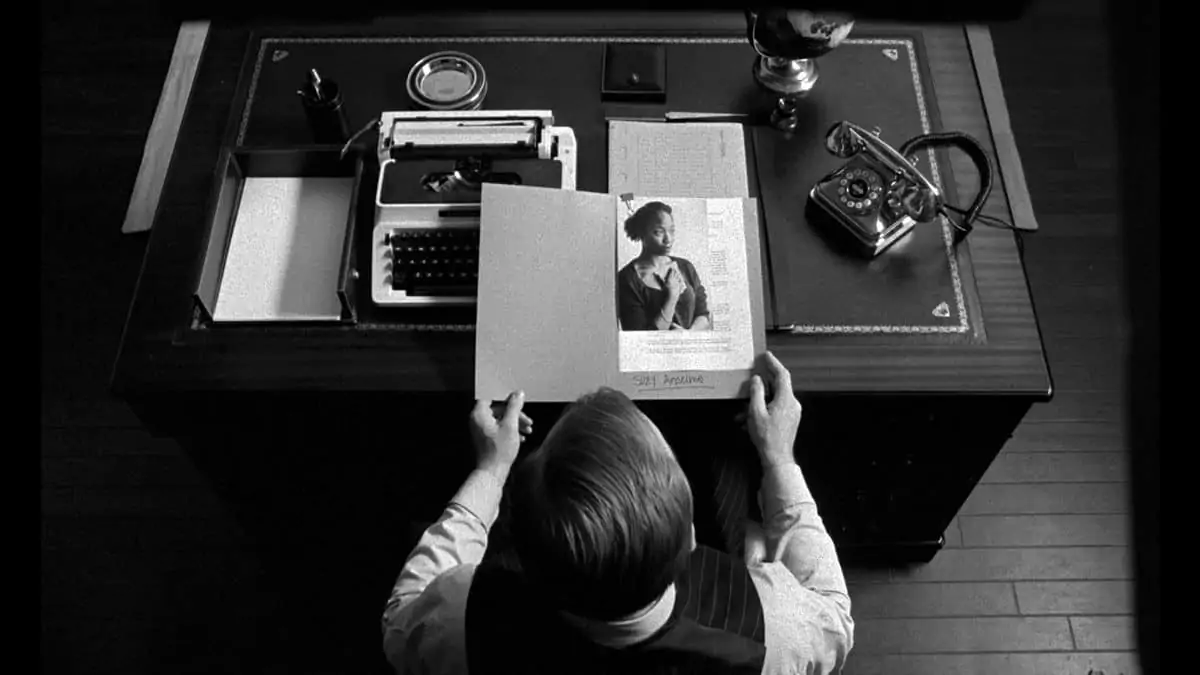
Ukraine, South Africa, Nigeria, Canada, France, Spain, Denmark, Norway and Finland. Additionally, UK-based projects recently shooting in India, Malta, Belfast and Colombia have been reliably air-freighting their film into Heathrow on a daily basis for us to process (we regularly receive film within an hour of a flight landing).
This level of international work was certainly not something we anticipated. In the local market, time and time again, we hear that cost is the big challenge for ‘reel’ filmmakers. In 2014 we suffered repeatedly from projects that started out wanting to shoot film but ended up having to switch to digital due to budget constraints. So, for productions to shoot on film internationally and then to send the rushes back to the UK for processing is somewhat unexpected, as many would imagine the cost of this to be prohibitive.
And yet, for the large part, these films are not big budget features. What they all have in common however, is a disciplined, committed and passionate production team with the experience to ensure their desired result. Essentially, it all comes down to efficient planning and tight control on shooting ratios – the key to shooting on film.
"If I were a painter, my medium would be oil paint, not acrylic. Similarly, as a filmmaker, my choice has always been celluloid."
- Odilon Rocha
A case in point – and a perfect example of successful budget filmmaking – is a film shot earlier in the year by Rob Tregenza, a North American director/cinematographer. When Rob first got in touch with us, he wanted a quote for 24,000ft of processing and telecine for his feature, Gavagai, which he was shooting in Norway. Our immediate response to his enquiry was to question his calculations! But clearly you can shoot a full-length feature, 35mm-4perf anamorphic with a little over 2:1 shooting ratio, in just three weeks, as Rob subsequently proved, using just 22,000 ft. With takes typically lasting between five and ten minutes, there was without doubt an incredible amount of very careful planning and rehearsal, and in most cases there really was only one take. Every inch of film mattered. The whole process: getting film to Norway; shooting; air-freighting the rushes back to the UK; processing and telecine, all needed to be flawless – and it was. Once the off-line was complete, we scanned a little over 20 shots using the ARRIscan at 4K. The final conform and grade then took place back at Storyline in Norway. The results were visually stunning – the highest quality production values attainable on a budget. By no means the outcome of bargain basement deals nor cutting corners, but rather a culmination of good planning and very careful control of the shooting ratio.
Take also the example of Brazilian writer/director Odilon Rocha’s The Hand Of The Creator – currently in production shooting on S16mm black and white. This is a film within a film: a collage of diverse genres (melodrama, satire, suspense) brought together under the impressionistic light of film noir. It tells the story of a powerful producer who contracts an unknown actress to seduce and inspire a troubled film director.
Rocha says, “If I were a painter, my medium would be oil paint, not acrylic. Similarly, as a filmmaker, my choice has always been celluloid. I will always be in love with the magical grain that Super 16mm delivers; my work is pure fiction, the characters and their stories only exist on the screen, and the black and white stock used for The Hand of the Creator is responsible for a classical look.”
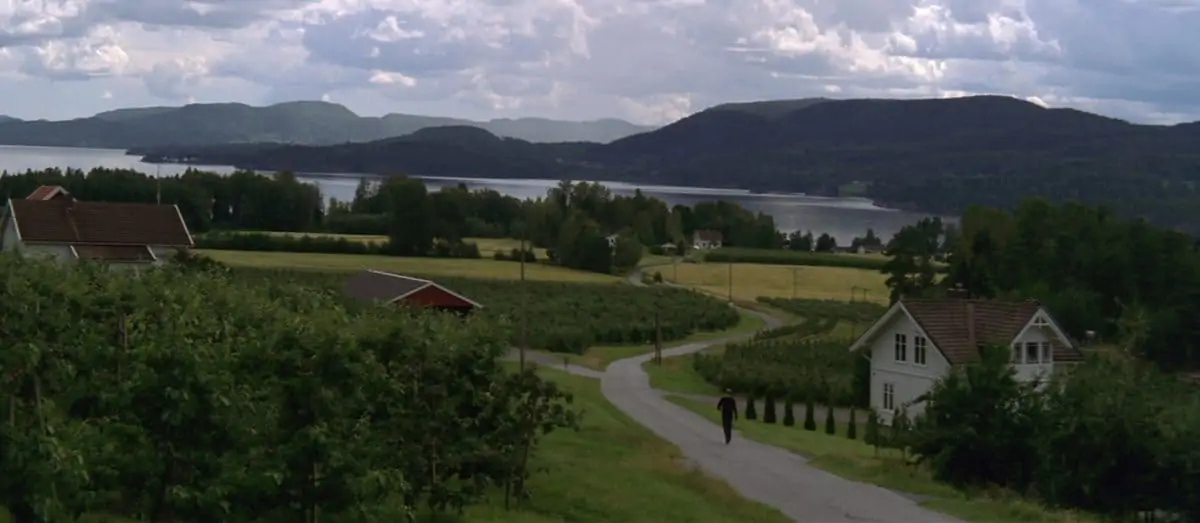
Clare Cahill, the film’s producer, initially dismissed the option for film, believing they couldn’t make it work within the modest budget. However, during our discussions, it became clear that film could be possible as long as the production could keep to a strict shooting ratio. Being able to offer stock, processing, telecine, scanning made it easier for us to guarantee the price and quality of a film solution, providing the director and DP could control the shooting ratio. As film cameras are much cheaper to rent than digital, particularly when adding in the cost of DITs and data management, then film actually becomes a financially-attractive and viable alternative (our recent comparisons show that a two-camera 35mm, 3-perf project shooting 12:1 compares favourably to a 2K Alexa budget).
Yet perhaps the most significant change in interest in shooting film has come from the requirement for 4K delivery.
Even 50-year-old archive negatives can demonstrate inherent 4K resolution, so 35mm film as an acquisition format is an easy and cost-effective choice. The post production workflow remains simple, with the only additional cost being the final stage of a 4K scan, conform and grade. When compared with the complexity of shooting digital 4K – whilst trying to retain and manage the high volume of data throughout a production – film is actually pretty straightforward.
Of course, it would be unwise to make further predictions on how long film will continue as an acquisition format. However, I can say with confidence that film will always be an aspirational format and that, for those that continue to use it, film will provide them with the comfort of knowing that the legacy of their high-resolution images will remain for hundreds of years to come.

